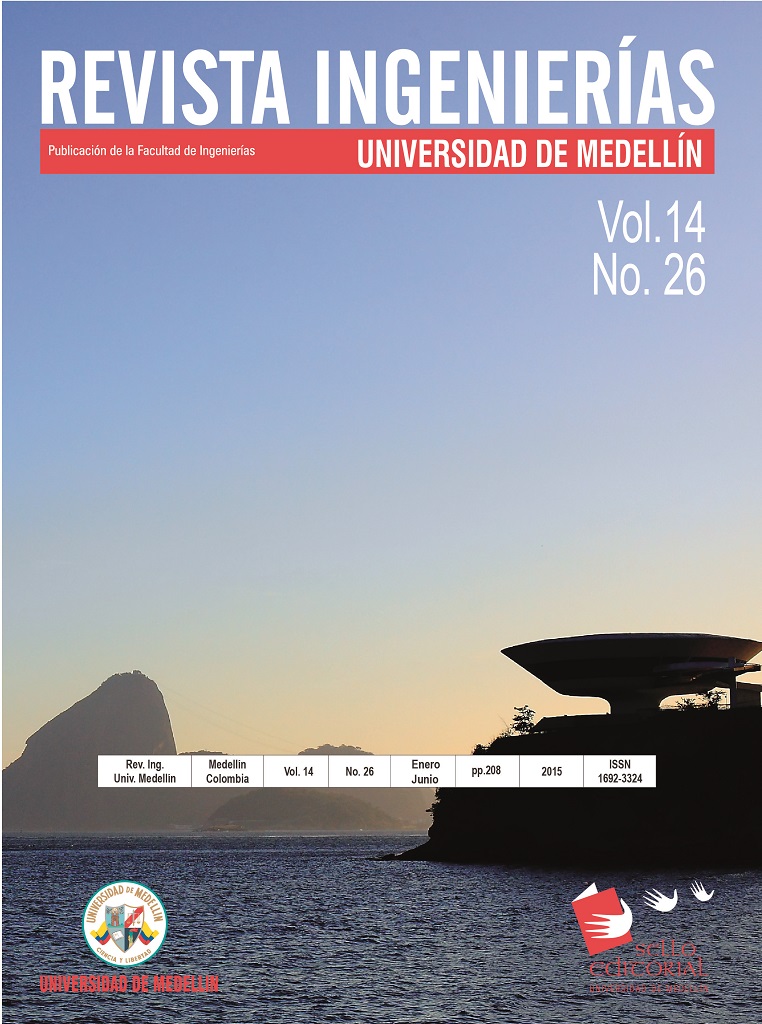Curvature-based remeshing methodology oriented to human face 3D models
DOI:
https://doi.org/10.22395/rium.v14n26a9Keywords:
remeshing, curvature lines, facial antropometryAbstract
Remeshing techniques seek to modify a mesh in order to adapt it to an specific application. This work proposes a remeshing methodology specialized in the human face, whose purpose is to reduce the number of faces and vertices that requires the mesh, keeping the characteristics of the human anatomy. Curvature information that highlights the intrinsic anisotropy of natural geometry or geometry of human origin is used to accomplish this. Results were polygonal anisotropic meshes, composed mainly of quadrilaterals, with less than 50% of the points and faces of the initial mesh, that maintain the anatomical features for models of the face in a neutral expression, or expressions of happiness, disgust, fear, angry, surprise, and sadness. The methodology was validated with models from the BU-3DFE database, and the quality of the obtained results were evaluated against the remeshing achieved when a technique of simplification based on quadric error metrics is used
Downloads
How to Cite
Issue
Section
License
The total or partial reproduction of the contents of the journal for educational, research, or academic purposes is authorized as long as the source is cited. For reproduction for other purposes, express authorization from the Sello Editorial Universidad de MedellÃn is required.

